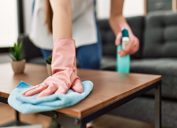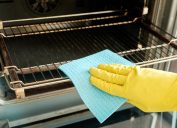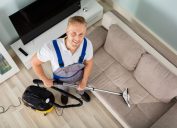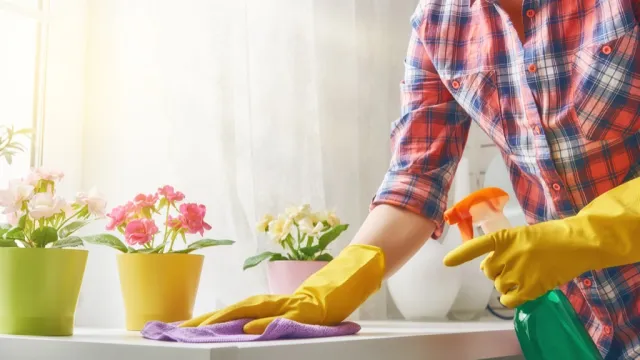
Research suggests that by 2020, nearly one third of all U.S. homes will have a security system. However, while many people spend hundreds, if not thousands, of dollars every year on security equipment to protect from the dangers outside their home making their way in, many families are remiss when it comes to the myriad dangers already lurking within their walls.
In fact, more accidents happen at home than anywhere else, often because of the seemingly innocuous products we use every day. Before you risk harm to yourself or your family members, make sure you're well-acquainted with these household products that could be dangerous. And when you want to make every part of your house safer, start with the 15 Best Ways to Protect Your Home.
1
Detergent
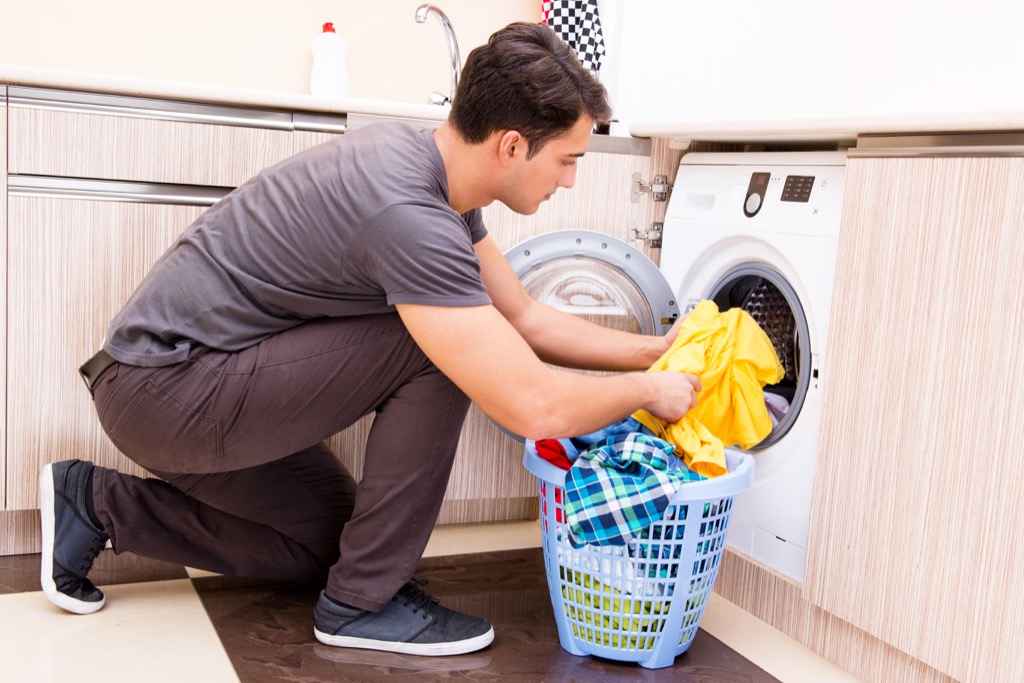
According to the American Association of Poison Control Centers, there were 12,000 calls to poison control for the consumption of Tide Pods in 2017 alone. However, it's not just teens taking on a Tide Pod Challenge being harmed. In fact, according to the AAPCC, in the first two months of 2018 alone, there were more than 1,194 reports of children under five coming into contact with these highly-concentrated formulas, risking respiratory distress, gastrointestinal injury, and eye injuries in the process. However, when you want your laundry to be cleaner after every wash, This Is the Best Way to Load a Washing Machine!
2
Non-Stick Pots and Pans
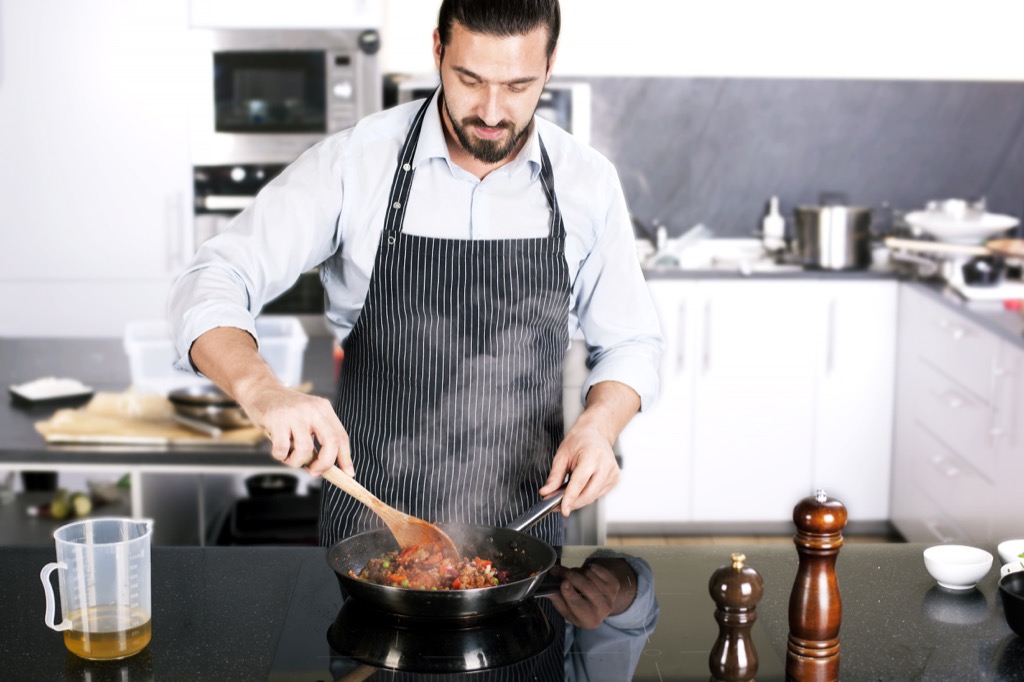
Those non-stick pots and pans in your kitchen may make flipping your omelets easier, but they could also be causing you serious harm in the long run. In fact, research published in Environmental Health Perspectives suggests that exposure to PFOA, a chemical used in non-stick cookware, is linked to ovarian, kidney, and prostate cancers, as well as non-Hodgkin lymphoma. Another study even links the chemical to rapid weight gain. And before you buy another appliance, make sure you avoid the 30 Worst Home Appliances Ever Created!
3
Hair Dryers
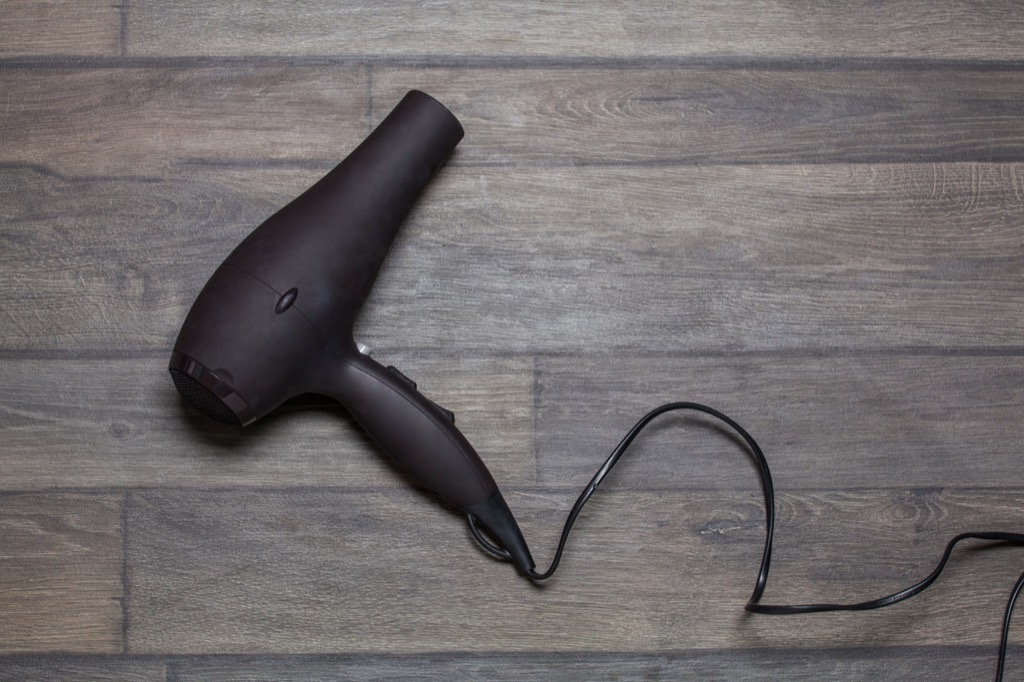
Sure, it gets your hair looking presentable in the morning, but that hair dryer isn't as safe as you think. In addition to causing damage to your hair and making it more susceptible to breakage, hair dryers put users at risk for electric shocks, burns, and electrical issues. Scarier yet, if dropped into water, like a sink or tub, your hair dryer poses a very real electrocution threat. And when you want to improve your style, start with the 15 Best Men's Haircuts for Looking Instantly Younger!
4
Non-Stick Pots and Pans
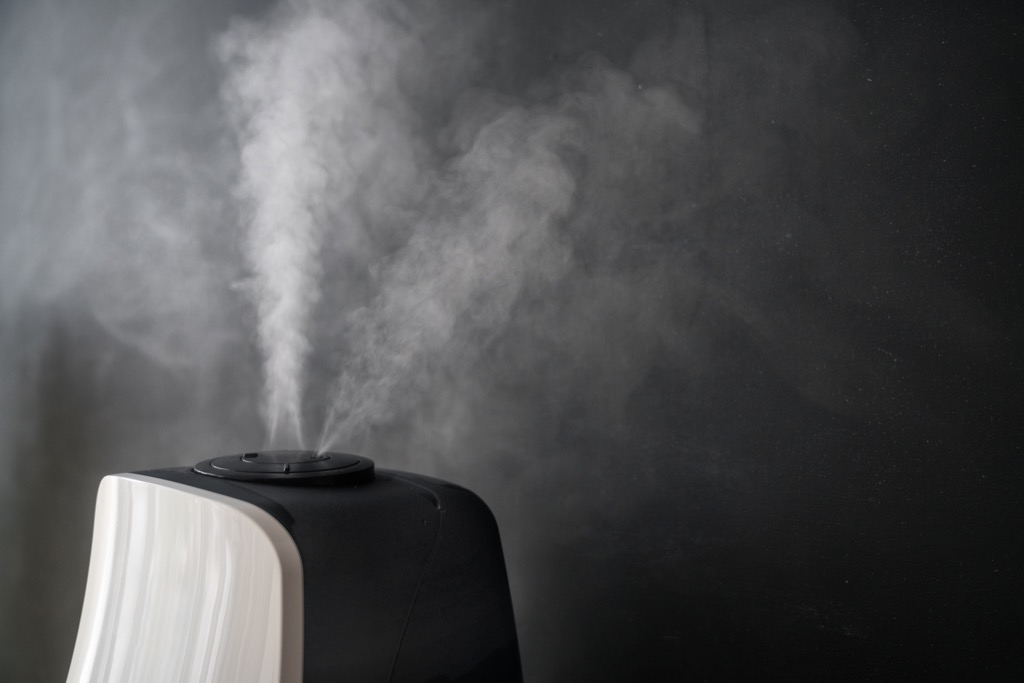
Humidifiers may help ease some of your more persistent cold and flu symptoms, but they may do more harm than good in the long run. Research published in Pediatrics links the build-up of minerals in a traditional humidifier to lung injury, while an outbreak of respiratory illness in a Korean hospital was linked to the methods used to clean the devices.
5
Wall-to-Wall Carpets
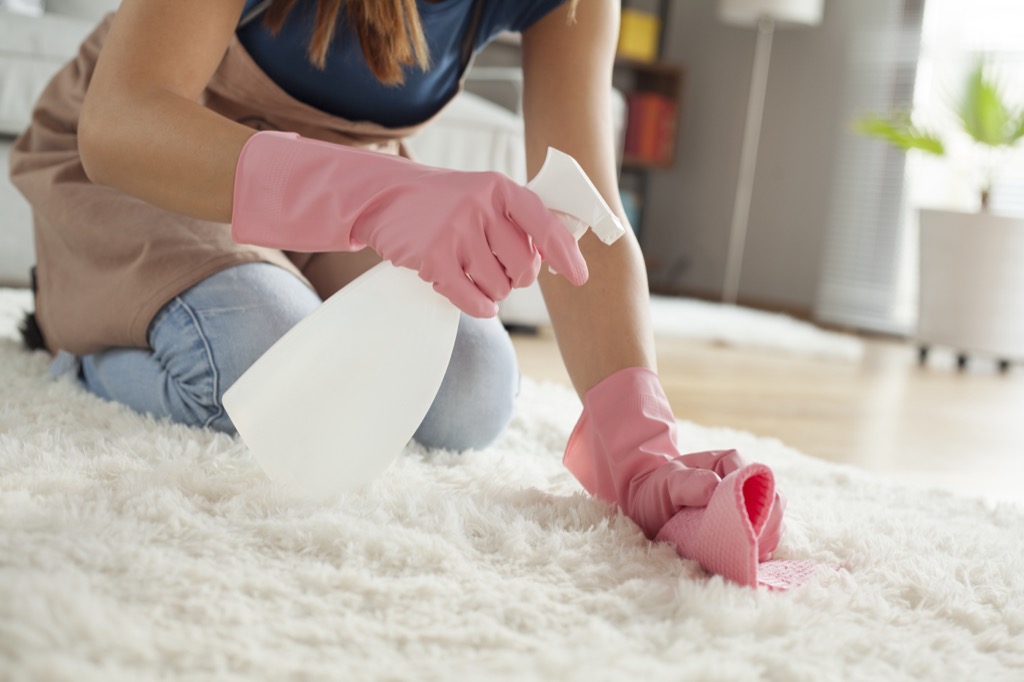
That new wall-to-wall carpet in your room may be causing more problems than it solves. While carpeting can muffle sounds and tie a room together, many new carpets are sources of volatile organic compounds, or VOCs, which have been linked to everything from eye irritation to headache to nausea.
6
Space Heaters
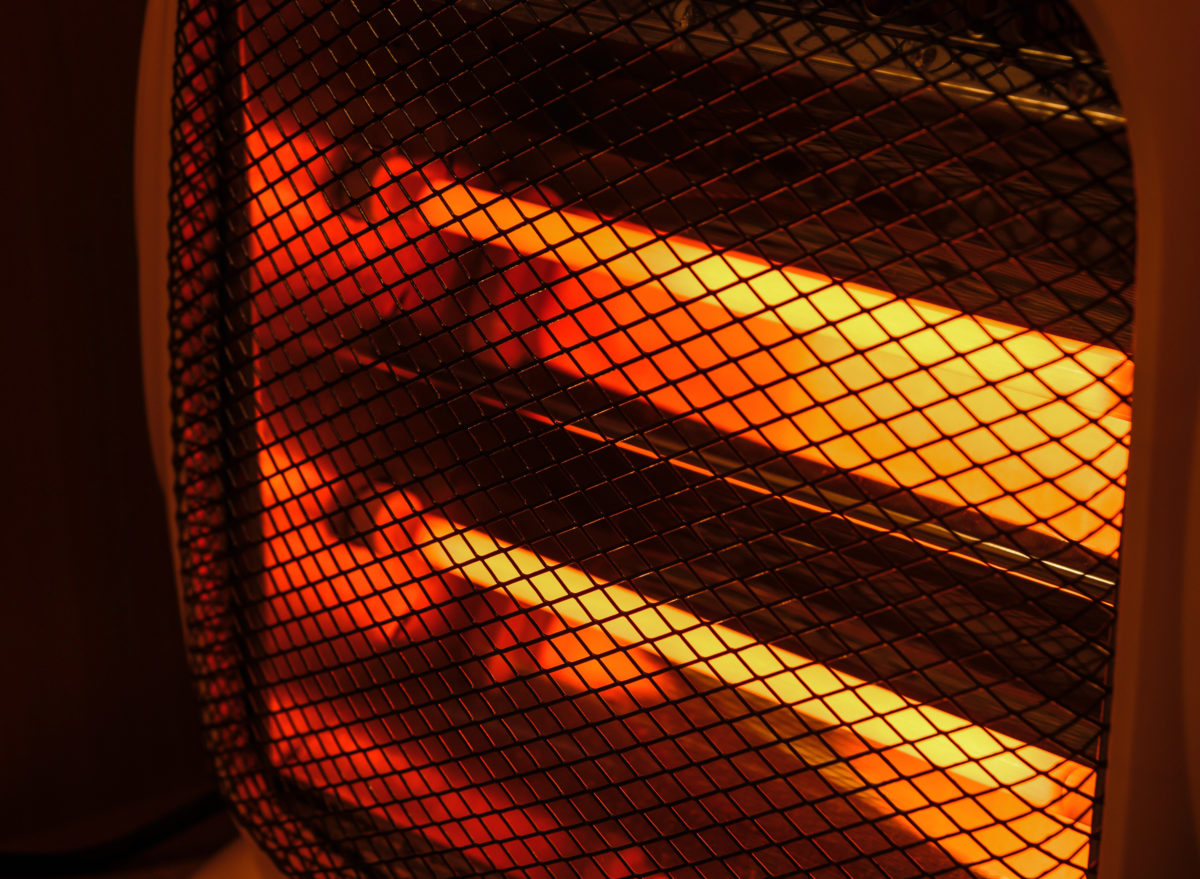
While the sky-high price of heating oil and cold winters may make space heaters a staple in many homes, they're not as safe as you might think. In fact, according to the National Fire Protection Agency, 79 percent of home fire fatalities were related to the use of a space heater.
7
Air Freshener
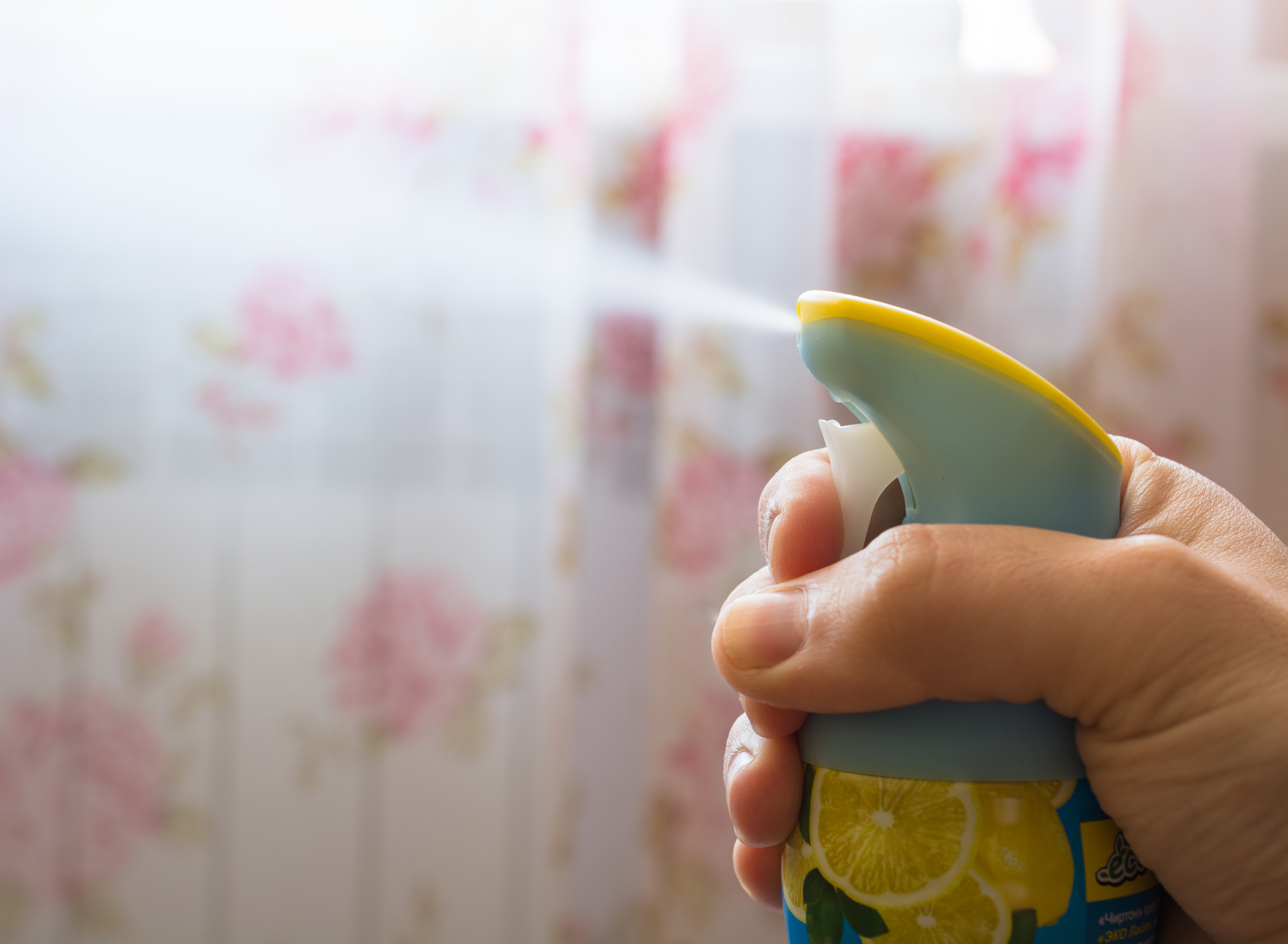
The products you use to make your home smell sweet may be costing you your health. According to research presented by the American College of Allergy, Asthma and Immunology, air fresheners are yet another indoor source of VOCs, and as much as 20 percent of the population experiences health issues from these products. And when you want your home to be cleaner and sweeter-smelling, This Is How to Make Your Own Home Dusting Spray!
8
Bleach

Your solution for whiter clothes is also poses a serious risk to your health. While bleach ingestion can cause serious internal burns and scarring, and may prove fatal, research also suggests that the regular use of bleach for cleaning can increase your risk of chronic obstructive pulmonary disease. And when you want to make your whole home cleaner, start by ditching The 50 Deadliest Items in Your Home.
9
Button Batteries
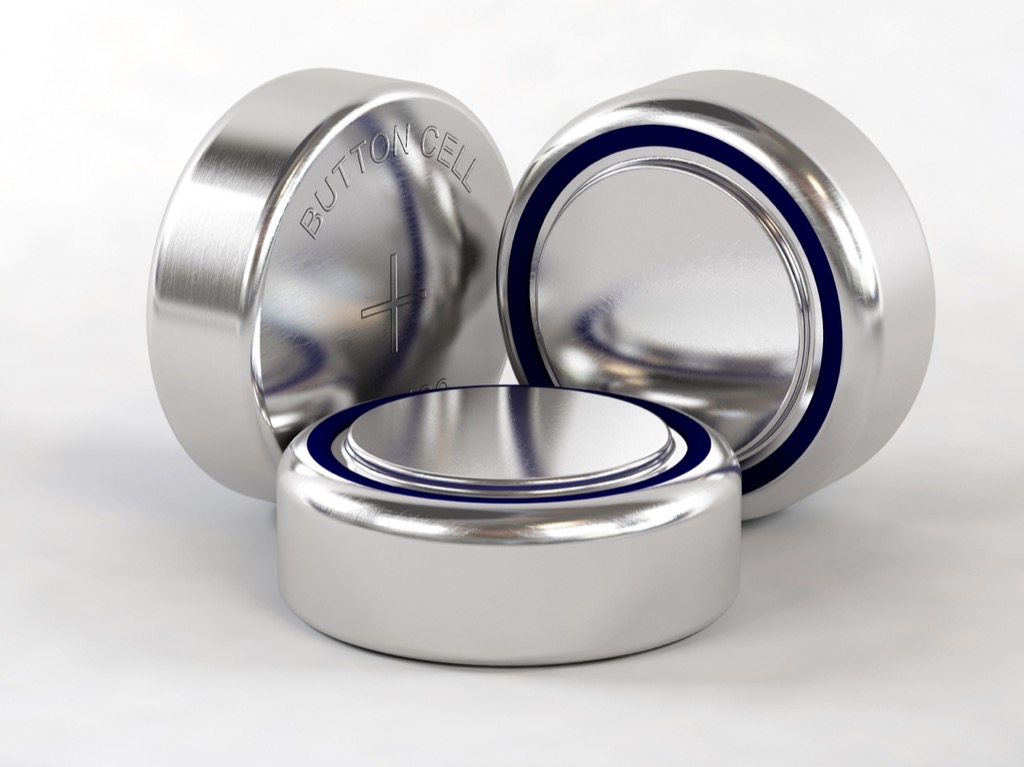
Those tiny batteries used in your electronics could be putting both human and furry members of the family at risk. Due to their small size, button batteries are easily swallowed by both humans and pets, and can cause serious internal injury or even death.
10
Moth Balls
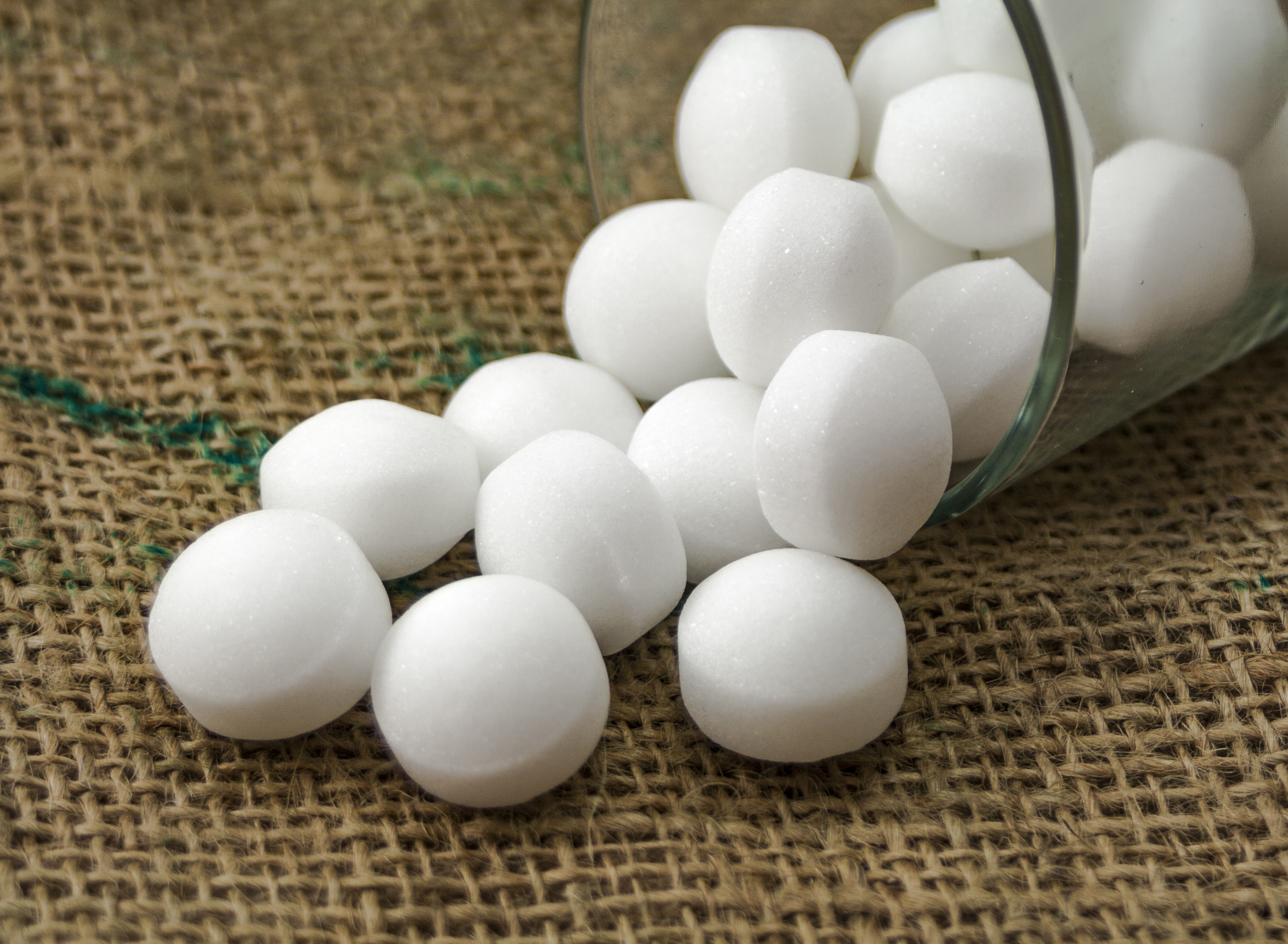
Keeping moths out of your clothing may seem like a worthwhile endeavor, but naphthalene-based moth balls may be posing a serious risk to your health, as well. Naphthalene has been linked to respiratory distress, headaches, and nausea, and ingesting a moth ball can cause bleeding in the digestive tract or may obstruct breathing.
11
Paint
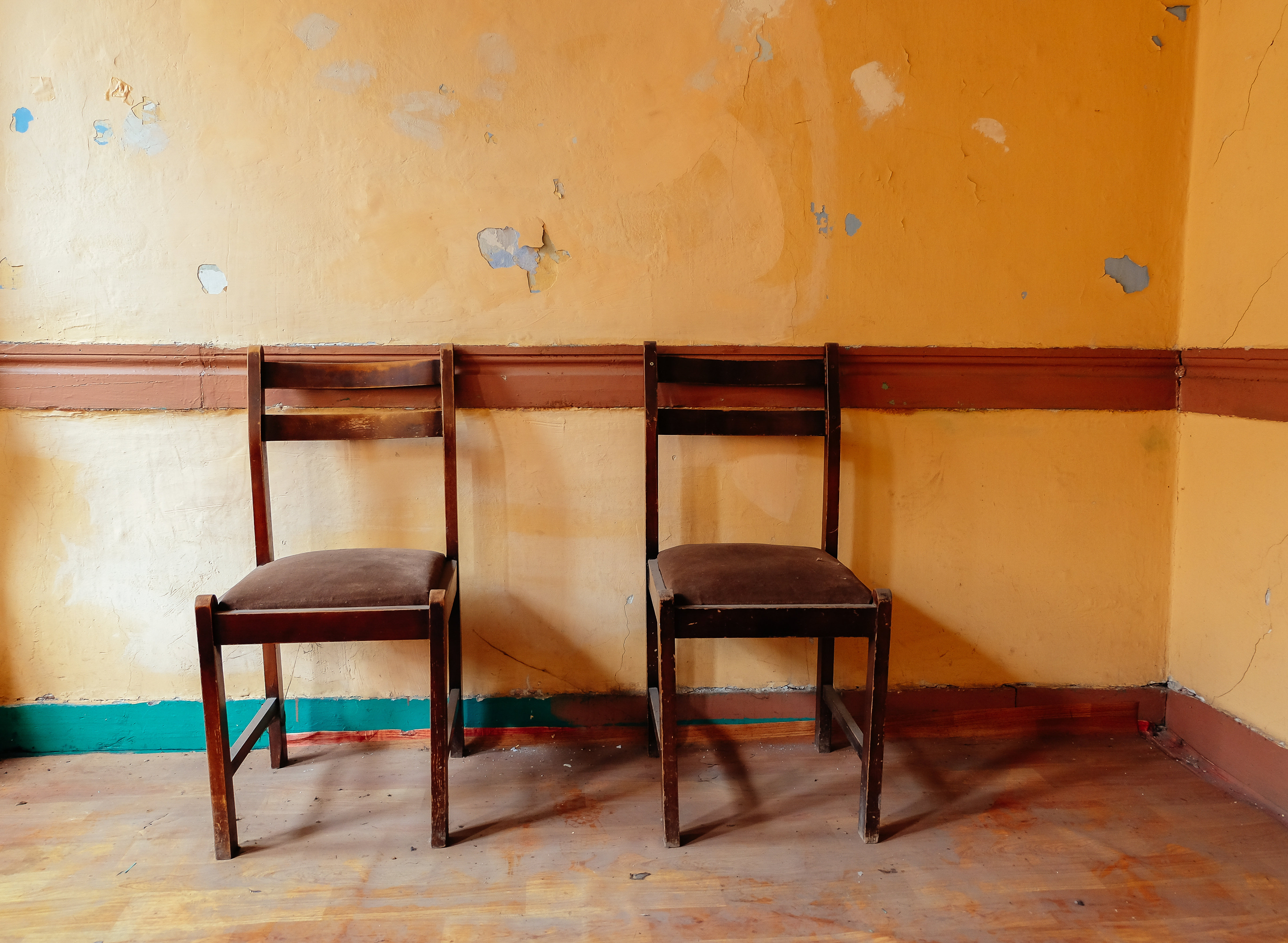
That chipping paint on your baseboards may seem like no big deal, but it could be putting your whole household at risk. Most homes built before 1978 have some lead-based paint in them, which, if ingested or inhaled, can cause weight loss, headaches, and even brain damage. Unfortunately, many modern paints can do damage to your health as well, thanks to the VOCs they release into your home.
12
Extension Cords
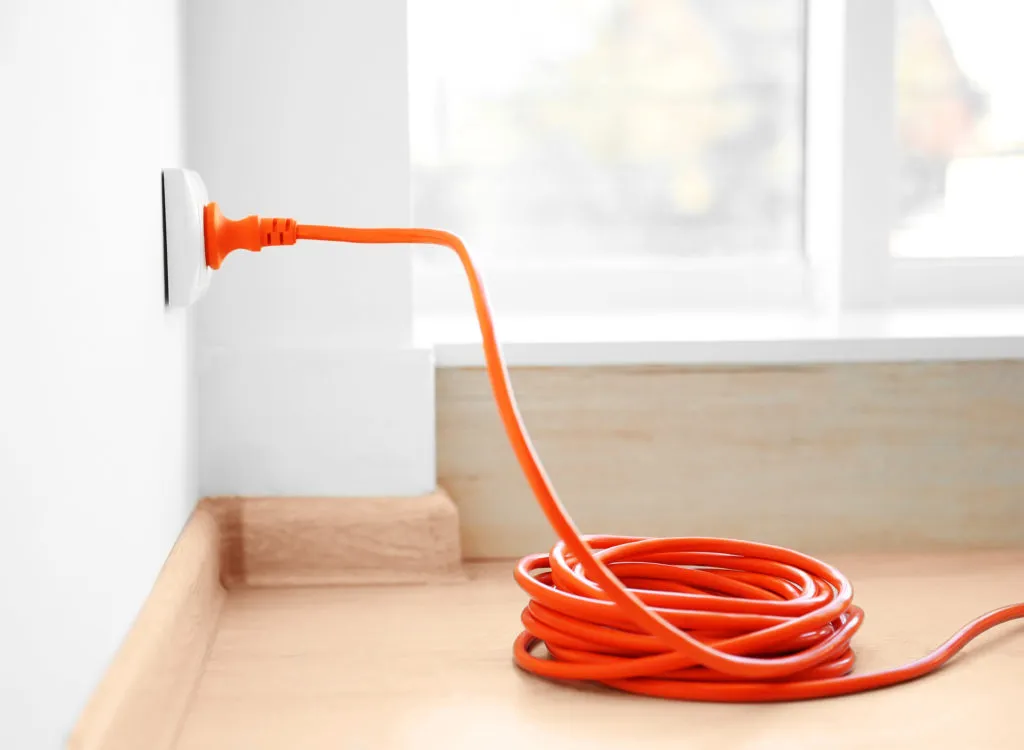
The convenience of that extension cord may not be worth the risk. Overloading extension cords, putting too much wear and tear on them, or even putting them in inopportune locations, like running one under a rug can significantly increase your risk of a home fire.
13
Furniture Polish
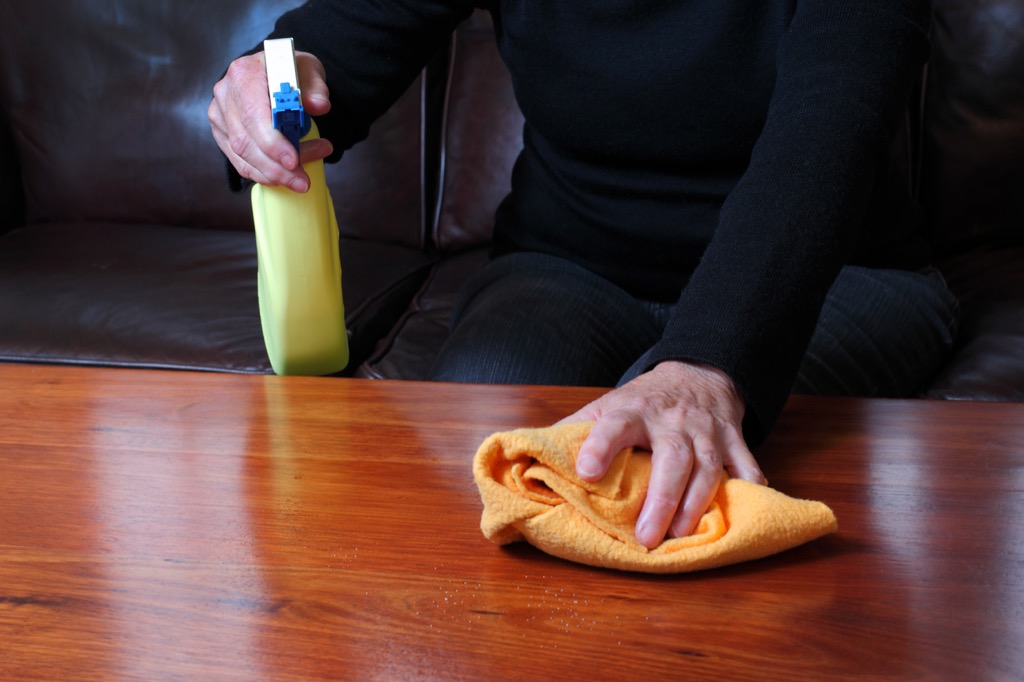
A little furniture polish may make those antiques shine, but using it may also be detrimental to your health. In addition to being a source of VOCs, furniture polish can be fatal if ingested, and is easily transferred from your furniture onto your hands, and potentially into your mouth.
14
Oven Cleaner
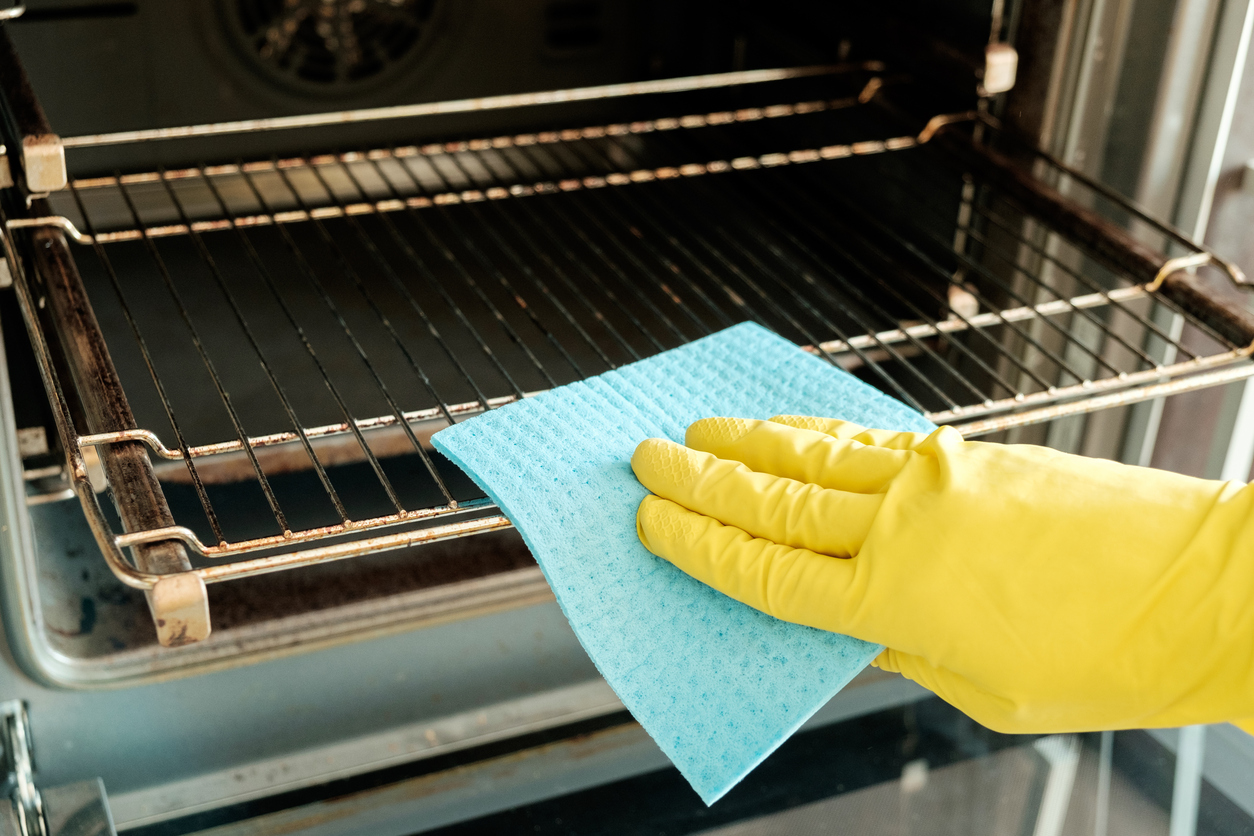
That oven cleaner may be doing more harm than good in the long run. In fact, research suggests that oven cleaners can cause serious chemical burns, in addition to causing 23 percent of ingestion-related injuries in children, according to a study published in Pediatrics.
15
Printers

While your laser printer certainly saves you more time than that old dot matrix machine wasting space in your basement, using one is not without risk. In fact, research published by the American Chemical Society suggests that laser printers emit a significant amount of particulate matter into the air, akin to the amount released from cigarette smoke.
16
Packing Peanuts
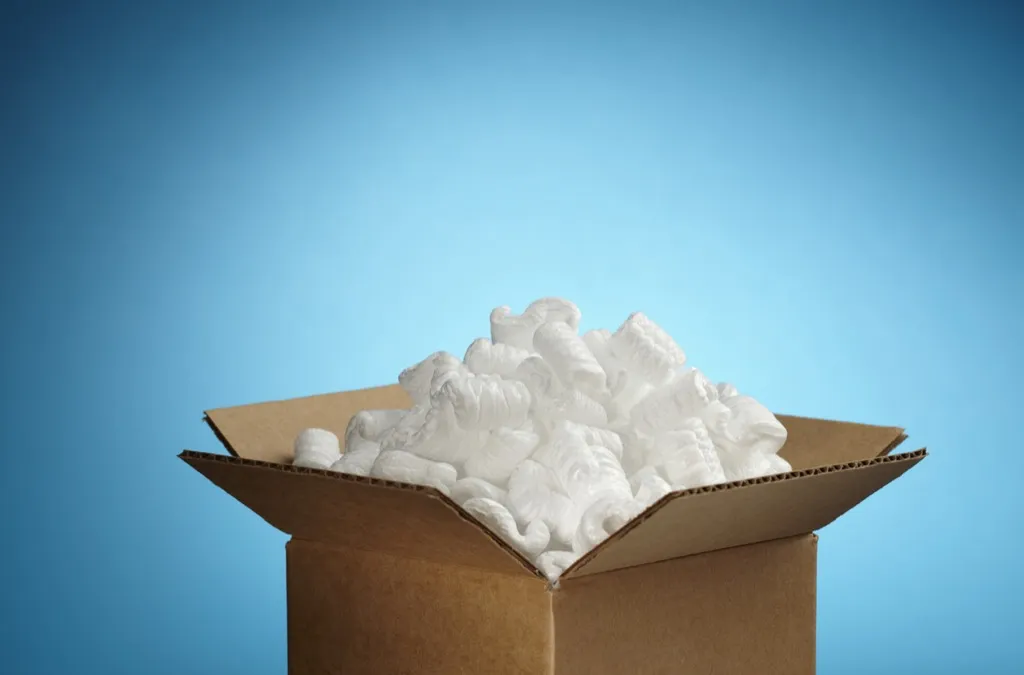
They look like food and they're fun to play with, but packing peanuts can present a real danger, particularly for young children. Packing peanuts can present a serious choking hazard, so whenever possible, dispose of them quickly or keep them out of reach of little ones.
17
CFL Light Bulbs
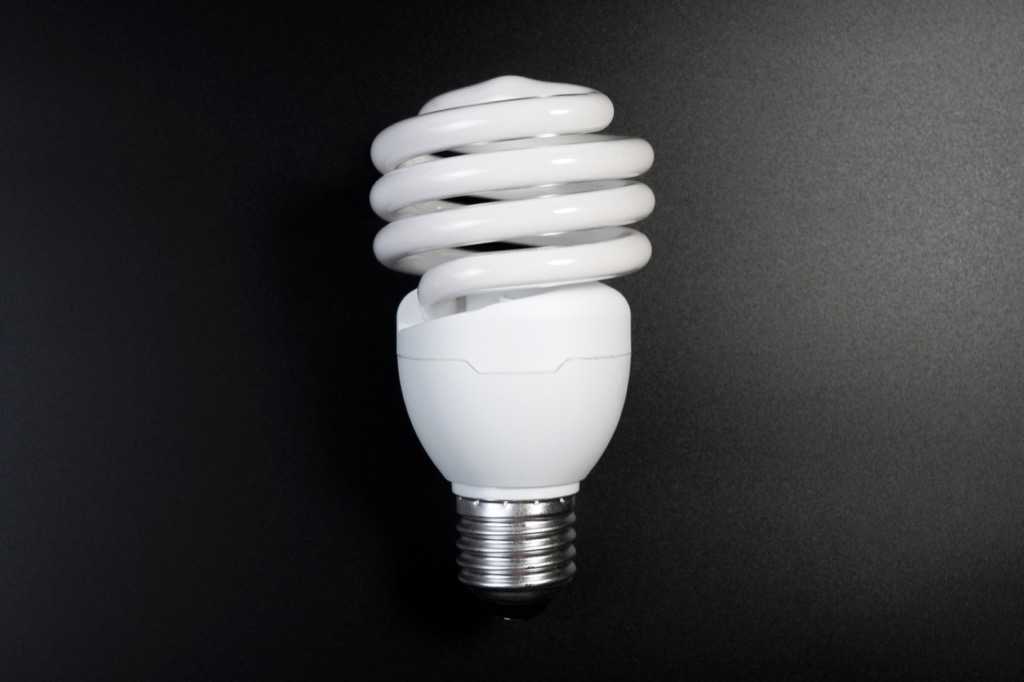
Although they can be serious energy-savers, those CFL bulbs are a potential home health hazard. When they break, CFLs can release small amounts of mercury into your home, requiring very specific protocols for clean-up to keep you from getting sick.
18
Toilet Bowl Cleaner
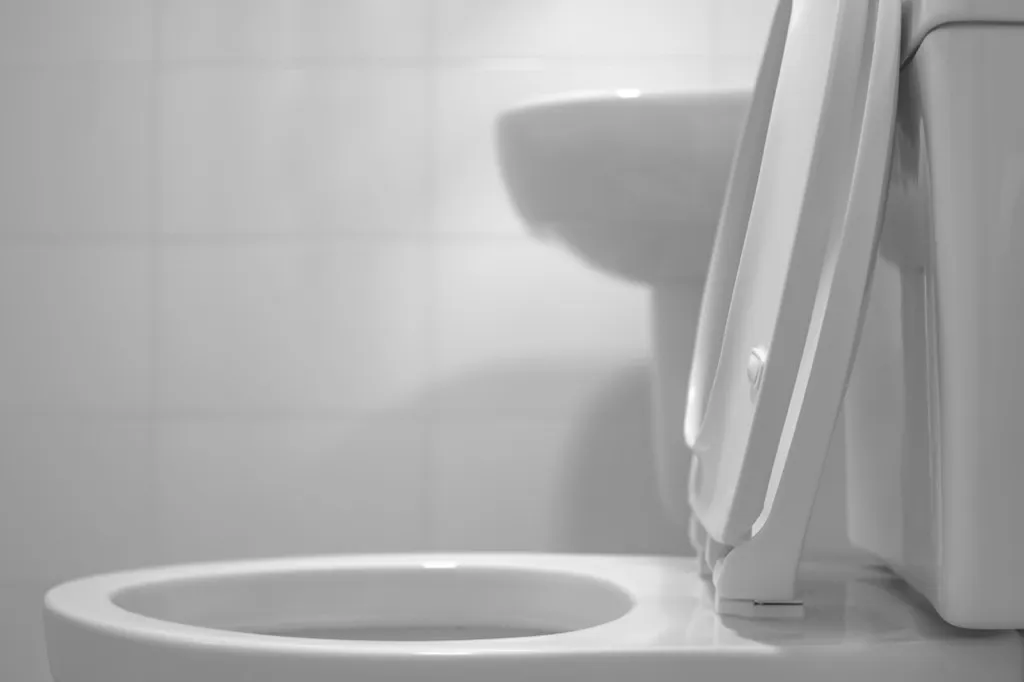
It may be easier to keep your toilet bowl clean with those little pods you stick in the tank, but they could be the source of some serious injuries. If they come into contact with your skin, toilet bowl cleaners can cause chemical burns, while ingestion can cause serious internal bleeding.
19
Pet Food
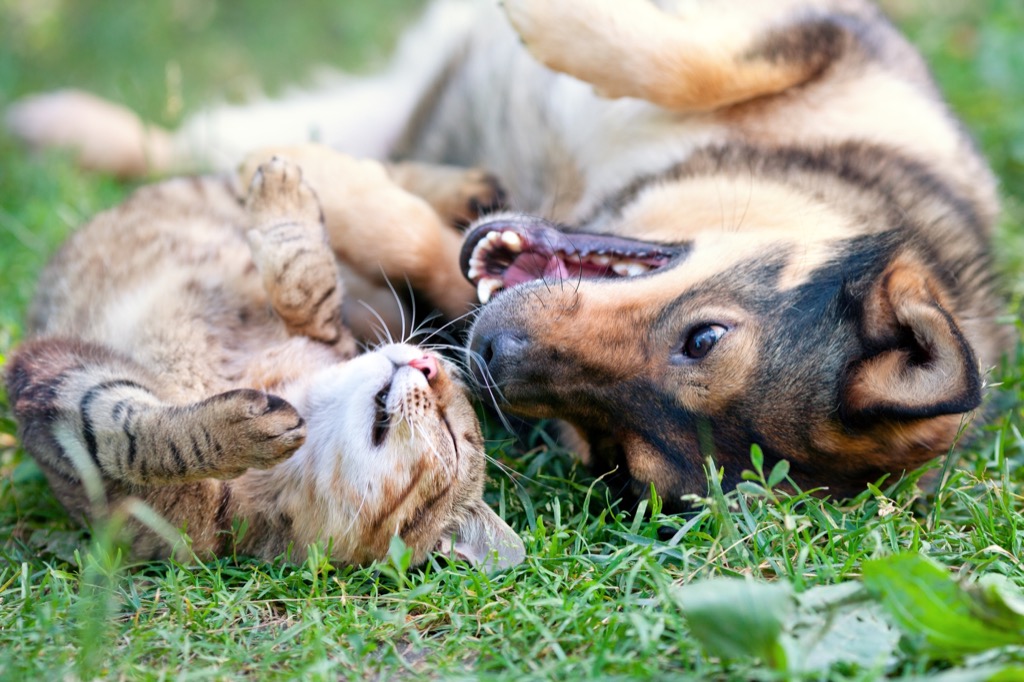
Just because Fido's food looks appetizing doesn't mean you should try it out. Your dog's food may contain some not-so-healthy ingredients, including bone meal, which can potentially cause serious digestive issues, including GI bleeds, in humans.
20
Magnets
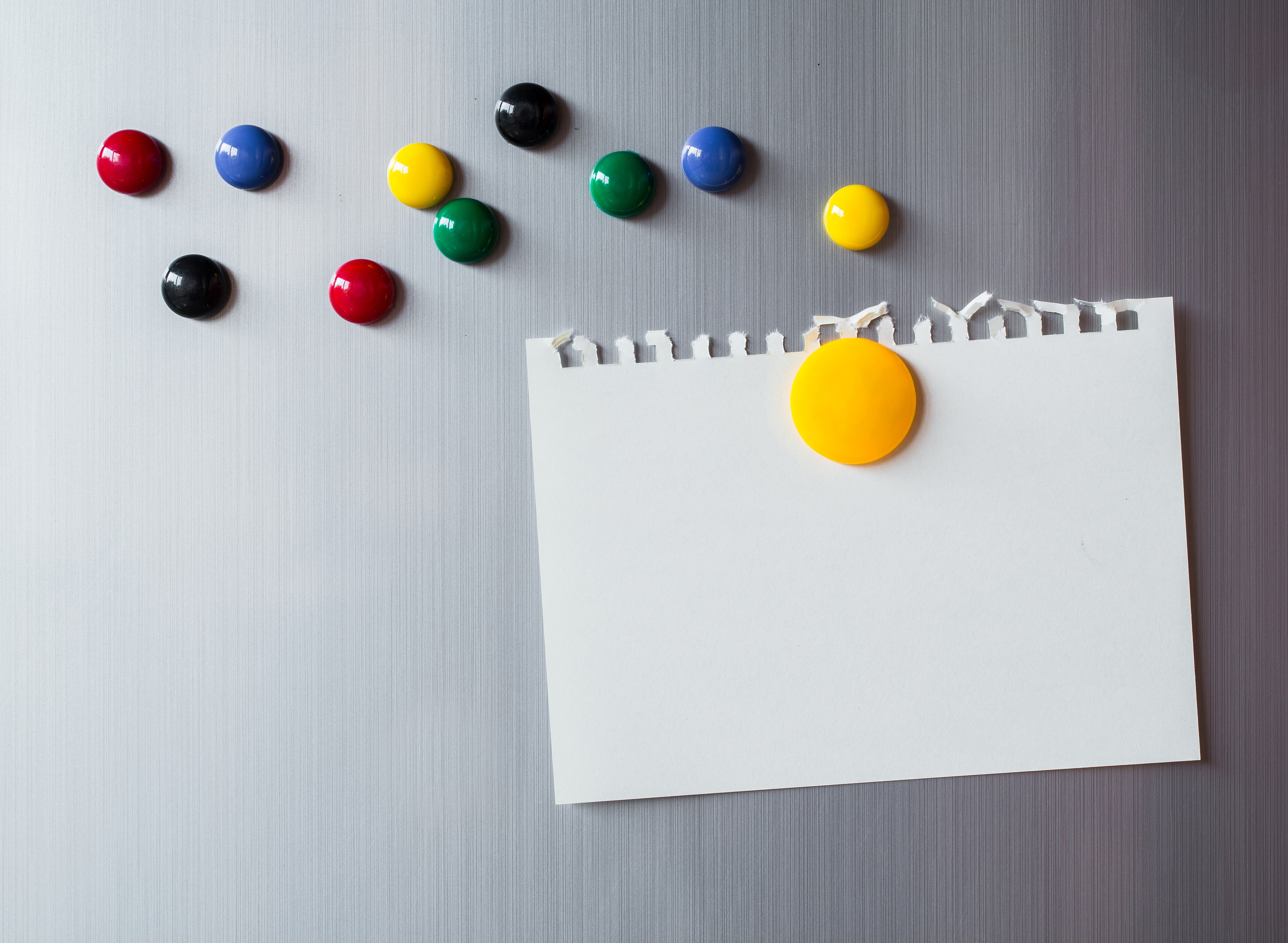
A little magnet can lead to some serious health issues swallowed. Swallowed magnets can not only cause internal bleeding, but may even cause perforations in the digestive tract, putting those who ingest them at risk for serious infection or even death. And when you wan to stay safer outside the house, This Is the Most Dangerous Day of the Year to Drive.
To discover more amazing secrets about living your best life, click here to sign up for our FREE daily newsletter!
